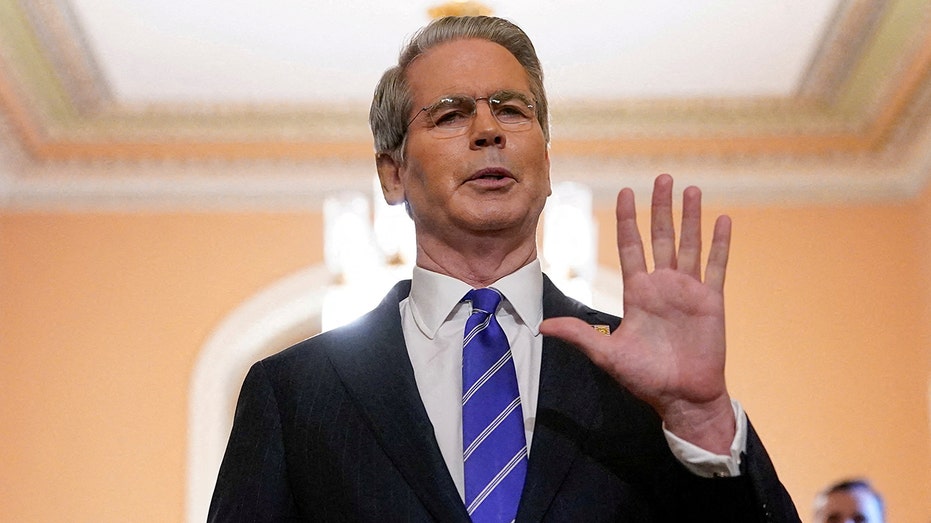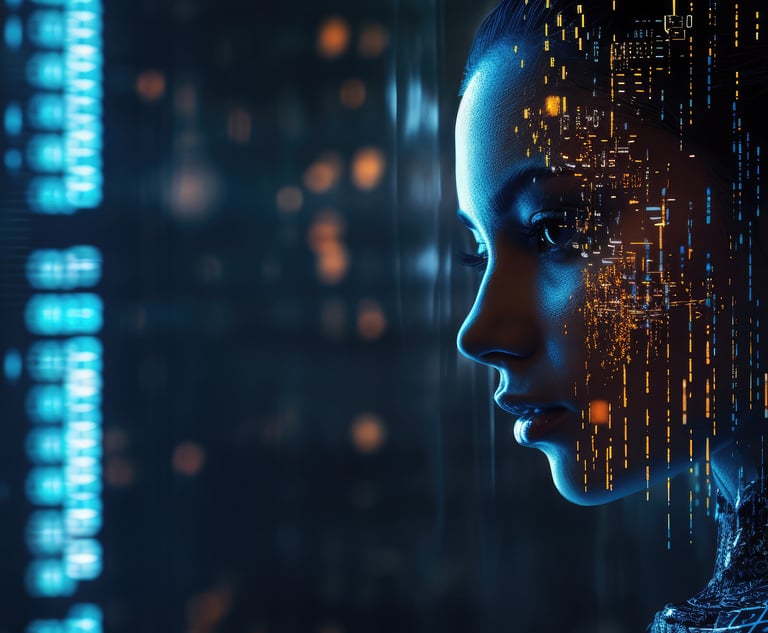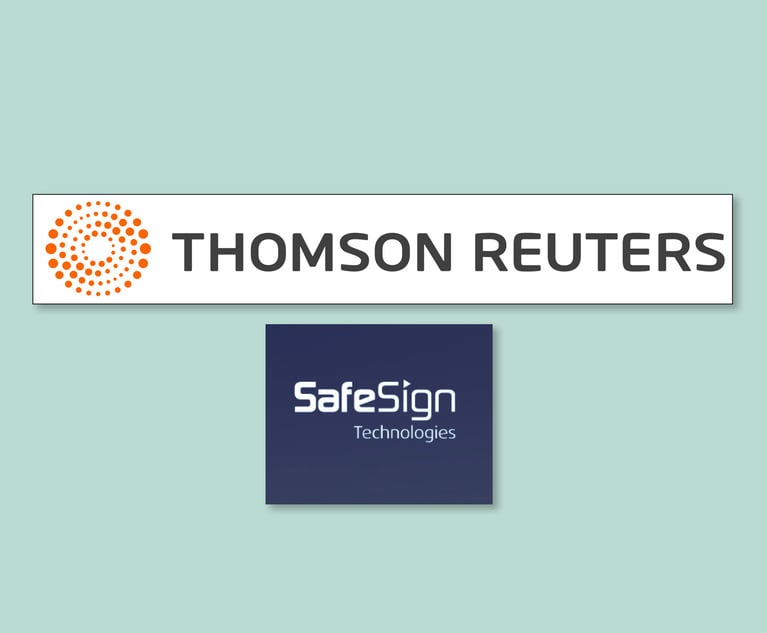In an era where artificial intelligence (AI) inch ever closer to limitless capabilities, the boundary between human creativity and machine-generated content becomes increasingly blurred. This technological frontier challenges traditional notions of authorship and invention, prompting key regulatory bodies like the U.S. Patent and Trademark Office (USPTO) and the U.S. Copyright Office to grapple with defining the essence of “human” contribution. Their recent guidelines endeavor to delineate the unique value of human creativity and contribution in a landscape increasingly dominated by AI’s expanding prowess, underscoring the legal and philosophical complexities in distinguishing between the outputs of humans and machines.
The Blurred Lines of Creativity and Authorship
The advancements in AI have been groundbreaking, pushing the boundaries of what machines can achieve. These technologies have mastered complex tasks, from driving cars autonomously to diagnosing diseases with precision. In the world of creativity and invention, AI systems can now generate artwork, music, and literature that rival human creations, challenging traditional concepts of authorship. Robotics, for example, are not just executing manual tasks but are also engaging in activities requiring problem-solving and adaptability. These developments question the long-standing distinctions between human and machine capabilities, contribution and creativity.








